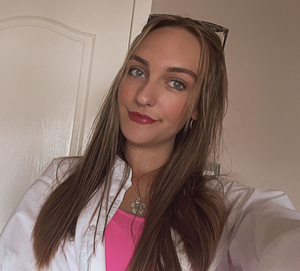Veterinary Medicine (BVMS4 ) Quiz on Equine Eye Evaluation 1, created by Ella Gordon on 04/10/2023.
Pinned to
1
0
0
No tags specified

|
Created by Ella Gordon
about 1 year ago
|
|
Close

|
Created by Ella Gordon
about 1 year ago
|
|
 Please wait - loading…
Please wait - loading…